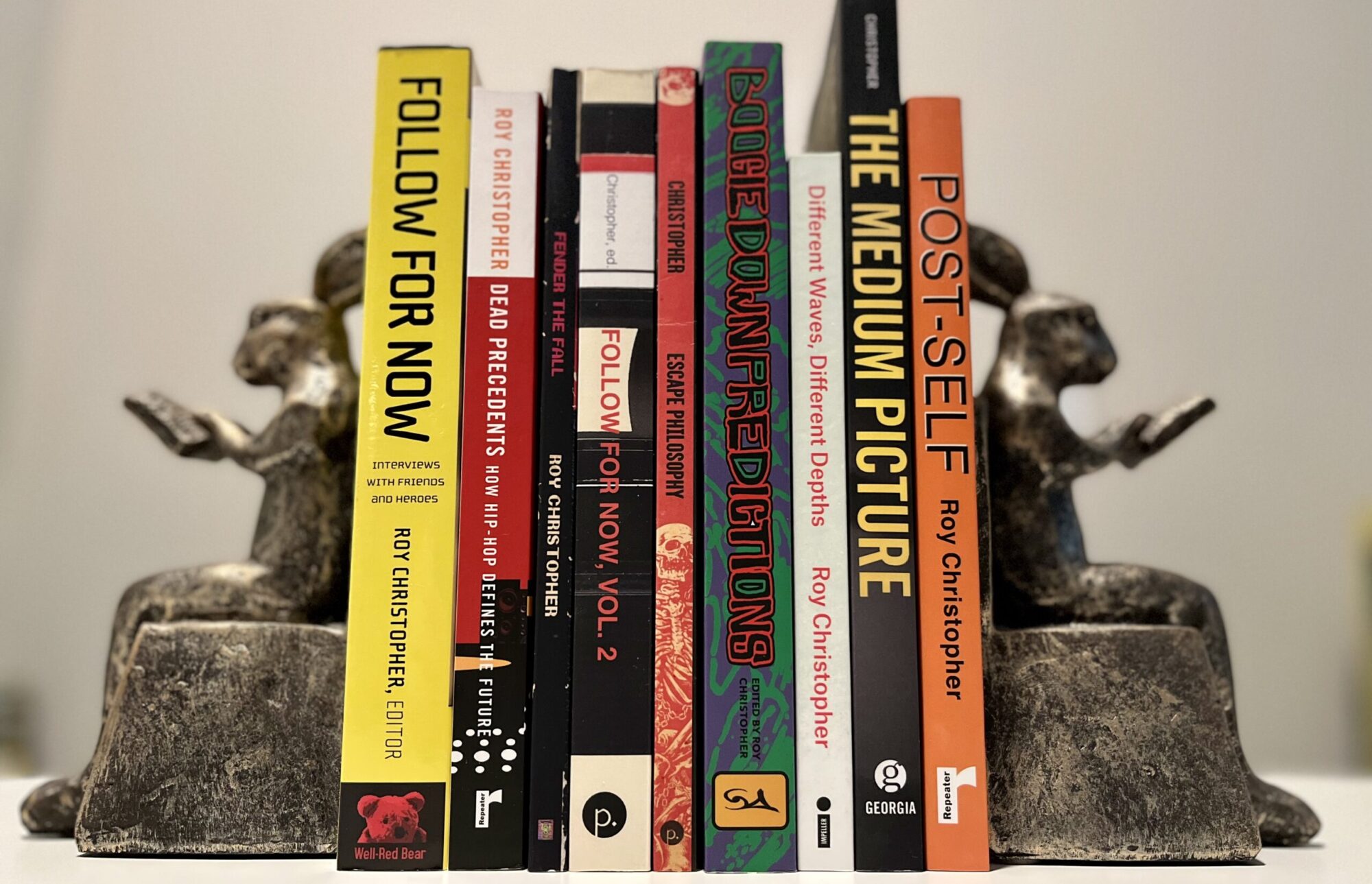Significant advances in technology are disruptive. They are beginnings. They are bifurcations. They are the initial conditions from which our media is born. As Jean Cocteau once put it, “The public does not like dangerous profundities; it prefers surfaces” (1972, p. 316). Feared and disparaged at first, technological contrivances are eventually welcomed in and change our world. They literally change our minds. They change our relationship with our world and with each other. Not unlike learning new words, every new advance is a new addition to our media lexicon. Our media vocabulary includes those technologies with which we feel facile or familiar. Cocteau continues, “As a matter of fact, the public likes to ‘recognize’ the familiar. It hates to be disturbed. It is shocked by surprises” (p. 315), and no one states the matter more clearly than Barry Brummett:
Every new technology is feared, is compared unfavorably to the one before, and is misunderstood, especially in the early years of its inception. We simply have fewer anxieties about computers, for instance, now than we did during their introduction into the global market and culture (p. 172).

One of the ideas in my talk “Disconnecting the Dots: How Our Devices are Divisive,” as well as in my book-in-progress The Medium Picture is the line we draw at the edge of our comfort zone with new technologies. It’s a line we draw as individuals as well as a society at large. I call it the Advent Horizon. I was pushed to explain it further by David Burn:
@davidburn Two key phrases from #Geekend presentations this week: Advent Horizon and Interchange Zero c/o @RoyChristopher and @sethpriebatsch#brainy
We feel a sense of loss when we cross one of these lines. From the Socratic shift from speaking to writing (see Wolf, 2007), to the transition from writing to typing, we’re comfortable — differently on an individual and collective level — in one of these phases. As we adopt and assimilate new devices, our horizon of comfort drifts further out while our media vocabulary increases. Any attempt to return to a so-called “Natural State” is a futile attempt to get back across the line we’ve drawn for ourselves.
Evidence that we’ve crossed one of these lines isn’t difficult to find. Think about the resurgence of vinyl record sales, or the way we teach computer animation. The former is an analog totem from a previous era, the latter is analog scaffolding for the digital world (what Bob Greenberg calls “analog drudgery“). Fans of vinyl records are either clinging to their youth or celebrating the only true music format that ever mattered. A vinyl record is a true document of a slice of time.
![[Vinyl sales chart from WFMU]](http://roychristopher.com/wp-content/uploads/vinyl-sales-chart.jpg)
I visited Full Sail University in Orlando, Florida last summer. In their animation and game design programs, students take illustration (with pencils and paper), flipbook-style animation (with paper and lightboxes), and 3D modeling (real-world 3D, sculpture with clay and other materials) before they ever sit down at a computer. Clinging to a previous era and having to back up to learn something new: These are evidence that an Advent Horizon has been crossed.
Each generation is born during a certain technological era, between these lines we draw. We are imprinted by the media technology with which we grow up. For instance, there has always been a television in my world. When I was born, it was there. In contrast, my parents remember when the first TV arrived in their house. William Gibson tells the story.
The only memory I have of a world prior to media is of standing in a peanut field on a farm in Tennessee, looking down the hill at a black, 1950s, sort of, late ’40s panel truck, driving along the road.
One of the next earliest memories is of my father bringing home this wooden, box-like thing, with a cloth grille on the front, and a little round, circular television screen, which, I believe, we had for some time prior to there actually being any broadcast to receive.
And then there was a test pattern. I think the test pattern preceded any actual broadcast for several weeks, and the test pattern itself was only available briefly, at scheduled times. And people… neighbors, would come, and they would look at this static, non-moving pattern on the screen that… promised something.
And then television came.
As Alan Kay once said, “Technology is anything that was invented after you were born” (quoted in Kelly, 2010, p. 235). I have never known a world without television, and my students have never known — or don’t remember — a world without computers, the web, or cellular phones. Perhaps they will cross a line of comfort when implants become the norm for their children, but the world before wireless connectivity means nothing to them.
————
Here’s the relevant clip from my talk in Boston, thanks to David Burn [runtime: 1:37]:
By the way, the “L” and “B” story at the beginning of this clip was a secret message to my girlfriend, who became my fiancé on this trip to Boston. Here’s to connecting our dots, Lily Brewer.
————
Many thanks to Sloane Kelley, Jake and Miriam Hodesh, and the rest of my Geekend family, as well as David Burn for the push on this idea.
References:
Brummett, Barry. (2008). A Rhetoric of Style. Carbondale, IL: Southern Illinois Press.
Cocteau, Jean. (1972). Cocteau’s World: An Anthology of Writings by Jean Cocteau. Margaret Crosland (Ed.). New York: Dodd, Mead & Company.
Kelly, Kevin. (2010). What Technology Wants. New York: Penguin.
Neale, Mark. (director). William Gibson: No Maps for These Territories [Motion picture]. London: Docurama.
Wolf, Maryanne. (2007). Proust and the Squid: The Story and Science of the Reading Brain. New York: Harper.

